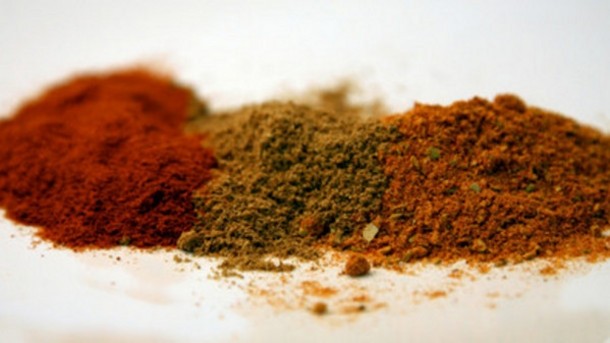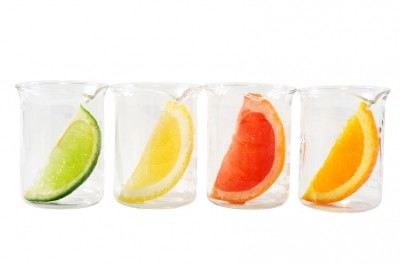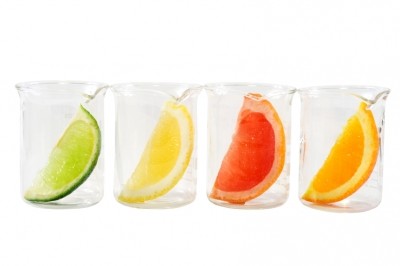Don’t forget herbs and spice: Natural flavour growth goes beyond high intensity flavours

Consumer demand for natural foods and ingredients does not necessarily mean that manufacturers are using more naturally-sourced ‘added flavours’, according to Steve Osborn of the Aurora Ceres Partnership and Jamie Rice of RTS Foodtrending.
In fact, data from Foodtrending shows that the market sector with the largest share is herbs, spices and seasonings – a sector that has witnessed much growth on the back of the shift away from synthetics.
According to Rice, estimates of the trend for natural flavours may underestimate actual growth in the sector because they fail to account for a split between manufacturers shifting to a naturally sourced high intensity flavour or top notes and those that move to using more traditional herbs and seasonings as a natural flavour solution.
“High impact flavours are still used, and still growing, but that growth is perhaps disguising that many companies are moving to extracts, marinates and herbs and seasonings,” said Rice.
Osborn added that the trends not only shows that consumers and the industry want natural food, but that they also want something that is traditional and is close to ‘home cooked’.
A natural shift
Globally, the market for all flavouring sectors was worth €14.9 billion ($16.9bn USD) in 2013, and is predicted to grow to €17.2bn ($19.5bn) by 2018, according to Foodtrending data. In Western Europe, the total flavours market stands currently at €3.6bn, and is predicted to grow by around 11% in the next five years.
While the market share for synthetic flavours and top notes has shrunk in recent years - going from nearly 29% market share in 2008 to a 25% share in 2013 - natural solutions to help flavour foods and drinks have been growing and taking market share, said Rice.
Indeed, he told FoodNavigator that when looking purely at top notes and industrial flavouring compounds, synthetic ingredients still outsell natural ingredients; though there has already been a strong tipping of the scales, and the balance is expected to have shifted towards naturals by 2018.
“Of course, what that doesn’t factor in is the use of natural seasonings and herbs as a flavouring material … Even though there is a visible shift to natural top notes, what we see is an even bigger shift towards using seasonings, flavouring materials and extracts."
Category specific split
Rice and Osborn agreed that while the industry as a whole is moving away from synthetic ingredients, the route they take towards ‘natural’ differs greatly depending on product category.
Indeed, there is a clear split in the product categories that use different flavour solutions, says Rice - with soft drinks and dairy-based products topping the charts for categories that use naturally sourced flavour compounds and top notes. Meanwhile the use of seasoning blends, whole herbs and spices is generally favoured by manufactuers of prepared meals, sauces and snack products.
“In things like soups, dressings, and pizzas, we are seeing an increased demand for herbs and seasonings which are not in the traditional class of high intensity flavour ingredients,” he said.
Osborn suggested that such a shift comes as a result of manufactures trying to return to a ‘home cooked’ feel for their products. He noted that in the past synthetic flavour compounds have been seen as ‘an easy way to boost the taste of foods’, but that the recent trend away from them has seen manufacturers re-think their strategy.
“There’s obviously going to be an expectation of what goes in a product, so if you have a savoury meal then there is an added value to the fact that it has these seasonings that give it a home cooked feel, and also fits in with the natural message,” he suggested – adding that for other categories such as dairy or carbonated soft drinks, there is a greater demand for products that ‘pack a punch’ with flavours, and that this may mean that top notes and higher intensity flavours are a more popular choice.
“It also comes down to issues like solubility and dispersion too,” said Osborn. “If you want a drink that is clear, then obviously you have to have your flavour components in a form that have good solubility and work for the matrix.”
A new frontier?
Trends data is also starting to show a shift towards ingredients like herbs, botanicals and seasonings in areas where traditionally a top note flavour would have been used, said Rice.
“We are seeing seasonings and herbs being used in alcoholic drinks, confectionery and even ice cream, so there is a definite shift to using these kinds of ingredients to flavour products.”
Indeed, he noted that carbonated soft drinks and cakes and pastries have seen strong yearly growth in their use of seasonings and herbs for flavouring – something that Osborn believes taps in to the trend for manufacturers to bridge categories.
He suggested that the trend for manufacturers to use cross-category innovation -like ‘snackifying drinks’ and ‘drinkifying snacks’ - may have resulted in them experimenting with different seasoning blends in different products.
“I think that is starting to become more mainstream too,” he suggested. “People are starting to recognise the health potential of certain herbs and botanicals and there are some interesting flavour combinations and trends being drawn out of that.”


















